The theme of radiation aftermath has been a compelling subject in cinema, offering a lens through which we can explore the profound impacts on humanity, environment, and society. This curated selection of films delves into various scenarios where radiation has left its mark, from nuclear disasters to post-apocalyptic worlds. Each film not only entertains but also educates, providing insights into the real and imagined consequences of radiation exposure. Whether you're a fan of science fiction, drama, or documentaries, this list promises a thought-provoking journey through the shadows cast by radiation.

The Hills Have Eyes (1977)
Description: This horror film involves a family attacked by a group of cannibalistic mutants, the result of radiation exposure from nuclear testing in the Nevada desert.
Fact: The film was remade in 2006, keeping the theme of radiation-induced mutations.
 Watch Now
Watch Now 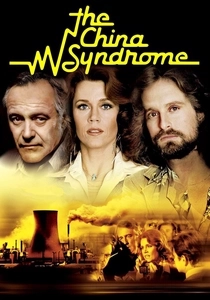
The China Syndrome (1979)
Description: A fictional account of a nuclear power plant accident, this film explores the potential for a catastrophic meltdown and the subsequent cover-up, highlighting the risks of radiation exposure.
Fact: The film eerily predicted the Three Mile Island nuclear accident, which occurred just weeks after its release.
 Watch Now
Watch Now 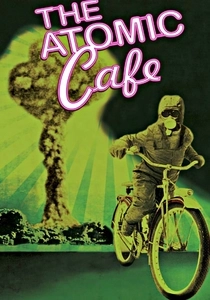
The Atomic Cafe (1982)
Description: This documentary uses archival footage to satirize the American government's propaganda during the Cold War, showing the public's exposure to radiation through nuclear testing and the subsequent health effects.
Fact: The film was nominated for an Academy Award for Best Documentary Feature.
 Watch Now
Watch Now 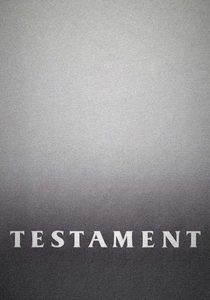
Testament (1983)
Description: A poignant drama about a family in a small California town dealing with the aftermath of a nuclear attack, focusing on the emotional and physical toll of radiation sickness.
Fact: The film won the Grand Jury Prize at the Sundance Film Festival.
 Watch Now
Watch Now 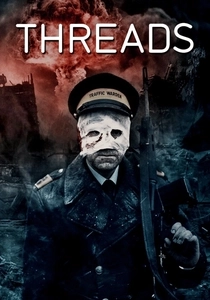
Threads (1984)
Description: A British television drama depicting the effects of a nuclear holocaust on the working-class city of Sheffield, showing the devastating impact of radiation on survivors over several generations.
Fact: The film was so realistic and harrowing that it was used by the British government as an educational tool on the effects of nuclear war.
 Watch Now
Watch Now 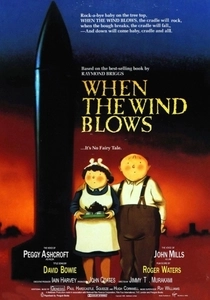
When the Wind Blows (1986)
Description: An animated film based on Raymond Briggs' graphic novel, it follows an elderly couple preparing for and surviving a nuclear attack, with a focus on the radiation's impact on their lives.
Fact: The film features music by David Bowie and Roger Waters, adding to its poignant narrative.
 Watch Now
Watch Now 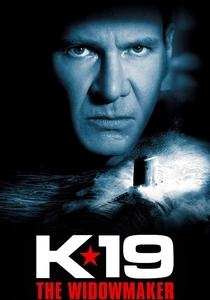
K-19: The Widowmaker (2002)
Description: Based on a true story, this film follows the crew of a Soviet submarine dealing with a nuclear reactor meltdown, showcasing the immediate dangers of radiation exposure.
Fact: Harrison Ford and Liam Neeson star in this film, which was one of the first major Hollywood productions to depict the Soviet perspective of the Cold War.
 Watch Now
Watch Now 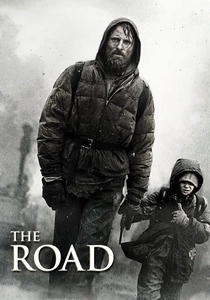
The Road (2009)
Description: While not explicitly about radiation, this film set in a post-apocalyptic world where a father and son travel through a landscape possibly devastated by nuclear fallout, highlighting the struggle for survival in a world where radiation has altered the environment.
Fact: The film is based on Cormac McCarthy's Pulitzer Prize-winning novel.
 Watch Now
Watch Now 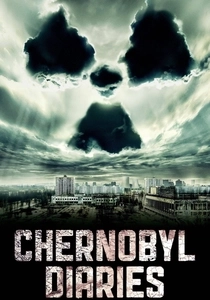
Chernobyl Diaries (2012)
Description: A group of tourists exploring the abandoned city of Pripyat near the Chernobyl Nuclear Power Plant encounter horrifying consequences of the radiation exposure and the secrets the town holds.
Fact: The film was shot in Serbia, using abandoned buildings to simulate the eerie atmosphere of Pripyat.
 Watch Now
Watch Now 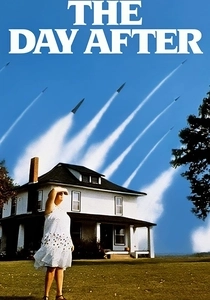
The Day After (1983)
Description: This made-for-TV movie portrays the aftermath of a nuclear war in the United States, focusing on the lives of ordinary people in Kansas City as they deal with the immediate and long-term effects of radiation fallout.
Fact: It was one of the highest-rated TV movies ever, sparking national discussions about nuclear war and its consequences.
 30 Days Free
30 Days Free 








